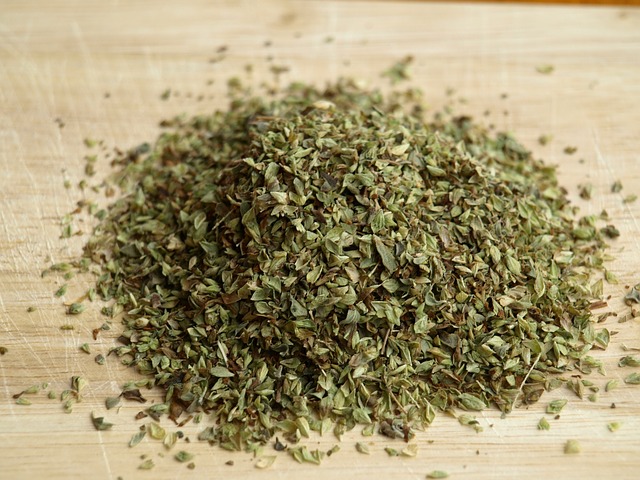10 spices you will find in every Brazilian household – Part II Posted by carol on Oct 30, 2020 in Brazilian News, Brazilian Profile, Culture, Customs, Vocabulary
[10 Temperos que você vai encontrar em uma cozinha brasileira] Boa tarde, caros leitores! Good afternoon, dear readers! Today’s text will resume our list from earlier this month that compiles the most typical temperos (spices) you are likely to come across in a Brazilian cozinha (kitchen). Westartedof with cinco (5) staple items: alho (garlic), cebola (onion), pimentas (chilli), ervas frescas (fresh herbs) e açafrão-da-terra (turmeric). In case you missed it or feels like revisiting it, just hit the link below:
Ready to learn about five more beloved spices in our culinária (cuisine)? So it’s time to spice things up!
COLORAU (URUCUM)
Another spice that brings out the cor (color) of our food is colorau, a South-american type of shrub. Colorau, or urucum, consists of a pó avermelhado (reddish powder) that originates from the semente (seed) of a fruit called annatto, so don’t be surprised if you find the product with this name too. With a suave (mild) and slightly doce (sweet) taste, the spice is not only great to season alimentos (dishes), but also for its anti-inflammatory and digestive health benefits.
COMINHO | CUMIN
This Indian origin spice has earned a secure spot in most Brazilian cabinets. Easily found in its powder form, cominho is widely used to season carne, ensopados e molhos (meats, stews and sauces). But be very careful when you use it, in addition to having a rather dominant flavor, it is also very delicate and can easily burn in the preparations where a frigideira (frying pan) is used.
ORÉGANO | OREGANO
Our habit of using oregano in our cooking dates back to when a large community of Italian immigrants migrated to Brazil in the 19th century. You will most likely find this erva (herb) in dehydrated form, though you can easily find it fresco (fresh) in feiras (farmer’s markets). It goes well not only with the iconic tomato sauce, but also in recipes for salads, queijo, carne, peixe e frango (cheese, meat, fish and chicken).
NOZ MOSCADA | NUTMEG
Versatile yet packed with sabor (flavor) and aroma, did you know that here a noz moscada (nutmeg) is also used not only in pratos salgados (savory dishes), but also in sweets and even bebidas (drinks)? Well, this spice has a mildly sweet taste and a scent that highlights o gosto (the taste) of poultry, soups, purees, cheese, jams and even in cappuccinos, coffee and quentão (our version of mulled wine). But be careful when using nutmeg in your receitas (recipes), because it can cause food poisoning in larger quantities.
FOLHA DE LOURO | BAY LEAF
A folha de louro (the bay leaf) is that herb that simply must be present whenever we cook feijão (beans). This spice is most easily found in its dehydrated form. In addition to going well with several bean dishes, such as the feijoada itself, the bay leaf is also used for meat marinades, or for the preparation of stews, broths and soups. Remember to remove the leaf at the end of the preparation, as only its aroma and flavor are necessary for that especial kick.
Did you already know any of these essential spices in Brazilian cuisine? Which ones have you never heard of or never tried before? And what are the basic spices in your country’s cuisine? Don’t forget to share your answers below and say what you think of our text. Até a próxima! See you next time!

Build vocabulary, practice pronunciation, and more with Transparent Language Online. Available anytime, anywhere, on any device.




